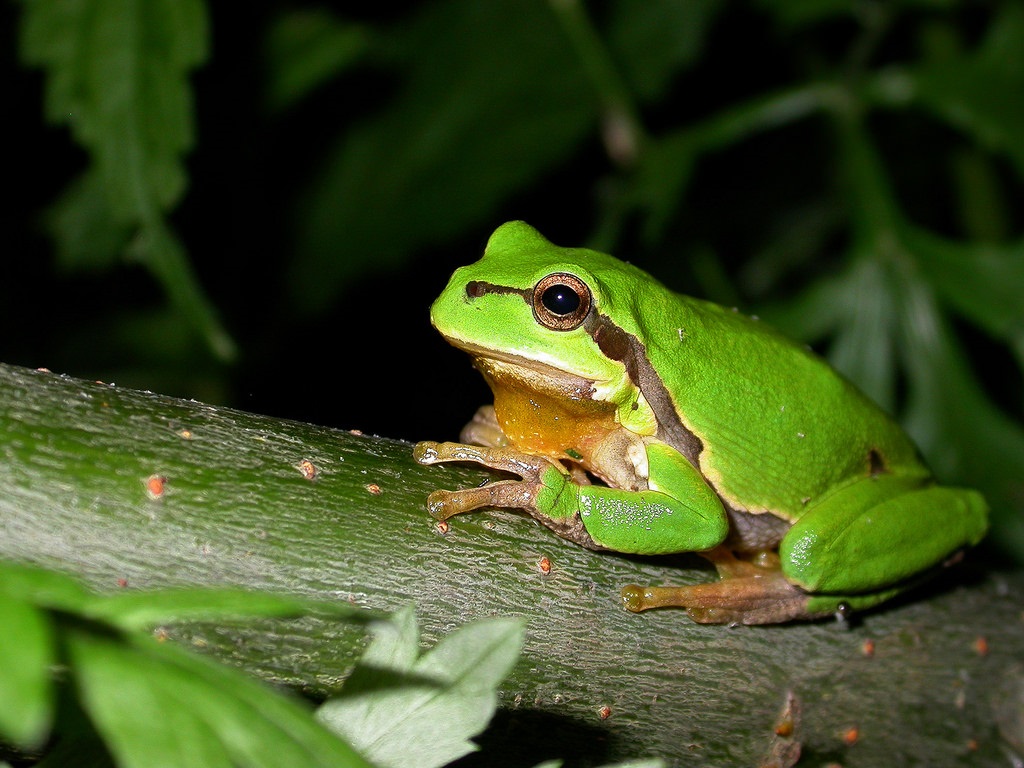European Tree Frog
The European Tree Frog is a very small species of bright green, arboreal (living on trees) frogs that are scattered throughout a large region of the three continents of Europe, Africa and Asia.
Scientific Name – Hyla arborea
Classification – Hyla
Gender Names – Male – male; Female – female; Baby – tadpole
Collective Noun – Knot
Length/Size – Males: 32–43 mm (1.3–1.7 in); females: 40–50 mm (1.6–2.0 in)
Life Expectancy – 15 years
Mating Season – March to June
Special Features – They have the ability to take long leaps and catch insects on the move
Geographical Distribution – Most regions of Europe (except Ireland), and in northwest Africa, and the temperate regions of Asia to Japan
Natural Habitat – Marshy areas, damp meadows, vineyards, orchards, stream banks, lakeshores, reed beds, parks, gardens, and in both humid and dry forests
Conservation Status – Least Concern
Diet – Small arthropods including butterflies, spineless caterpillars, larvae, beetles, spiders, and flies
Predators – Water birds, snakes, owls, large frogs and toads

